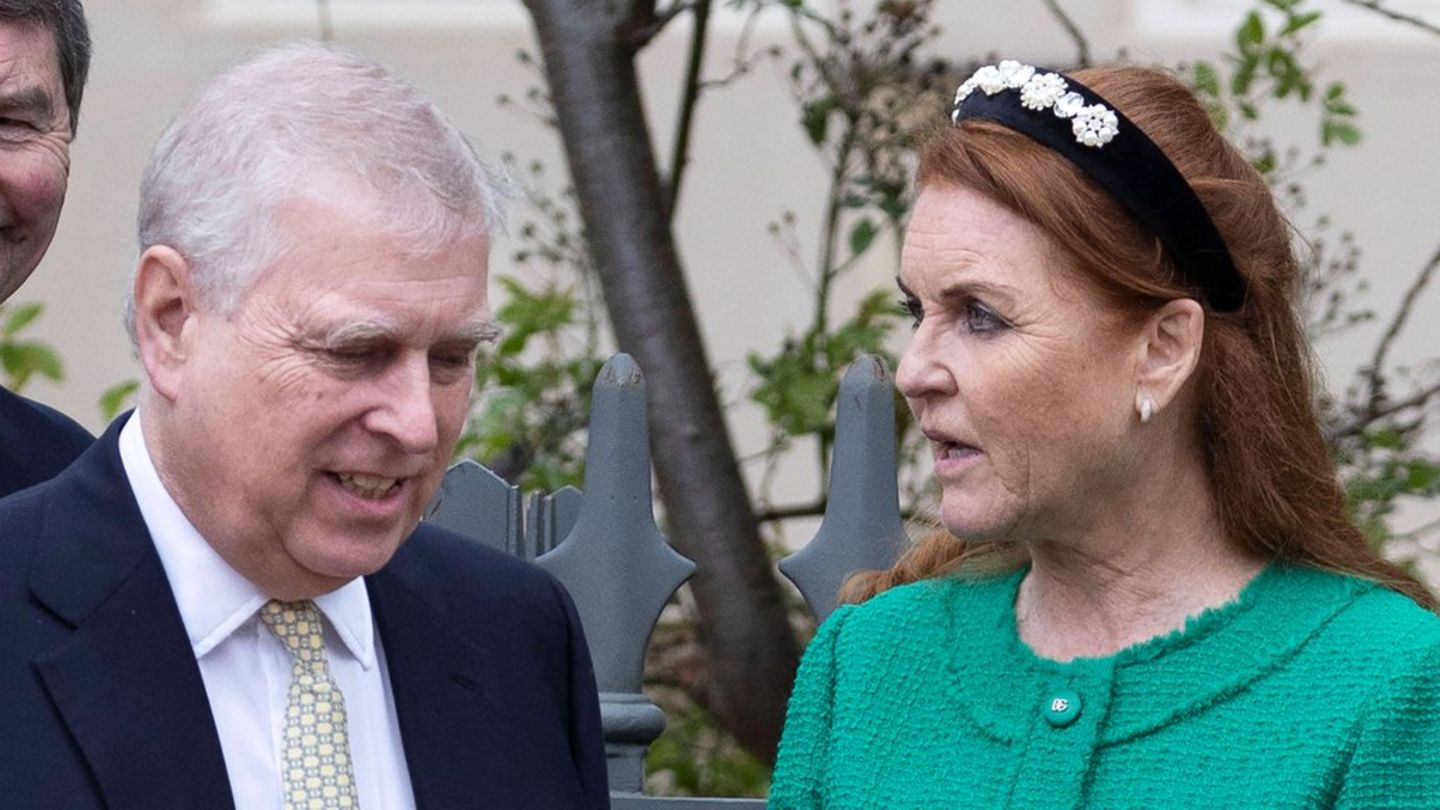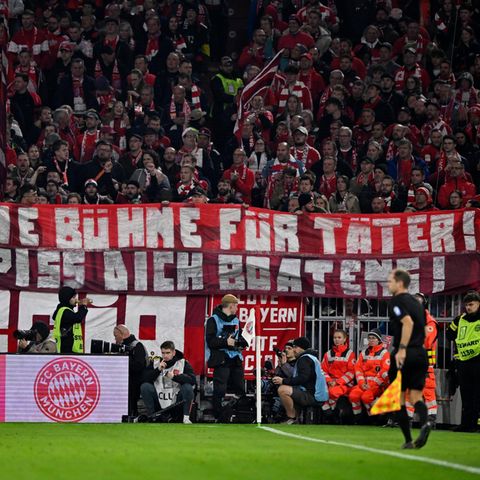The market has been having an erratic market after the two elections, stocks and bonds fell. And also the dollar. There is alternatives to earn money.
Tax collection grew 127.4% annually, when the expected inflation for the last 12 months is 150.0% annually, this implies that as long as income grows below inflation, and expenses continue to grow above the inflation, the fiscal deficit is inexorable.
As Argentina does not have genuine financing, this will inevitably lead to an increase in the remunerated monetary liabilities of the Central Bank, which sooner or later will heat up the price of alternative dollars.
This scenario is very worrying, since it is noted for the first time that consumption VAT grows below the inflation expectation, on this occasion it grew 138.9% annually, which would imply that there is no greater stock constitution in the market, which would inevitably bring us to a deepening of the decline in economic activity. Something that we have been warning about in other reports.
Reserves after payment to the IMF remained at around US$21.8 billion, and it does not seem that their fall will deepen in the coming months. We will have to live with quasi-closed imports, and very strict management of the dollar box, in a situation where exports are not abundant and there are 5 months left for dollar income from the gross harvest.
Remunerated monetary liabilities grow at a rate of 253.0% annually, and this endogenous money emission generates distortions in the exchange market. The total of remunerated monetary liabilities amounts to $23.0 billion, at this rate at the end of the year they would total $28.4 billion. The monetary base that today stands at $7.0 trillion could be at the same value at the end of the year. The sum of paid and unpaid monetary liabilities would amount to $35.4 trillion by the end of the year, while reserves in the best scenario would remain around US$22 billion. This would give us an equilibrium exchange rate around $1,600 for December, being optimistic.
Currently we have an official exchange rate of $350 that is not in force for exports since we have a special exchange rate of $510, and it is not in force for imports either because there are no authorizations, this places us in a type of reference change at $510.
The MEP dollar closed at $840 and the Cash dollar settled at $883, with these prices and the horizon ahead of us it is clear that this price of the dollar is extremely attractive. The gap against the current export dollar is 65% and 73%, very low levels for the risk of the peso.
If the dollar is at the floor, the shares are at very attractive prices. For example, YPF on August 11 (before the step) was worth $8,671, on October 20 (before the general election) it was worth $12,843, and in the Yesterday it closed at 9,274.
The chronology for the Cash dollar with settlement was as follows. On August 11 it was worth $601, on October 20 it was $1,110 and yesterday it was $883.
The YPF share measured in dollars was worth US$14.43 on August 11, US$11.57 on October 20 and US$10.50 yesterday.
Many times the nominal values make us dizzy, but from the combination of YPF values in pesos and dollars it is clear that it is a stock that can give you better coverage than the dollar bill.
Something similar happened with the value of the sovereign bond, the drop was very significant, and today they are a great investment alternative, but we leave that for the private report.
Conclusions
In the coming months, the government will show a drop in income and will not be able to contain the rise in public spending, with which monetary expansion can lead to a higher level of inflation and an increase in alternative exchange rates.
An increase in the wholesale exchange rate is essential, the Rofex future dollar for December is trading at $614 and reflects a 75% increase compared to the price of $350.
For many months, imports will be limited, at least until Argentina reaches a new agreement with the IMF, and seeks financing alternatives in the world market under the imprint of the president who will take office on December 10.
Leaving pesos to enter stocks and bonds seems like the smartest action, however, doubts and fears make many economic agents protect the pesos in the beloved dollar bill, which never fails when it comes to preserving the value of money.
Disclaimer: Salvador Di Stefano SRL is not responsible for the final result of the recommendations made in this report on economic and financial operations carried out by the user.
Source: Ambito
David William is a talented author who has made a name for himself in the world of writing. He is a professional author who writes on a wide range of topics, from general interest to opinion news. David is currently working as a writer at 24 hours worlds where he brings his unique perspective and in-depth research to his articles, making them both informative and engaging.




